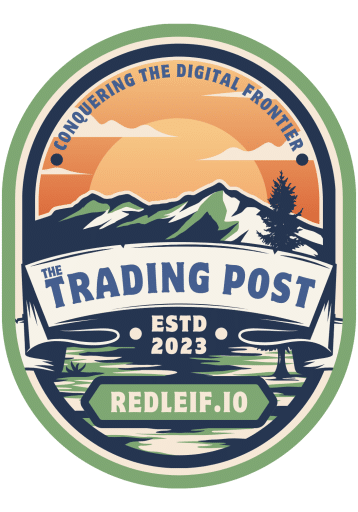
Beyond the Degree: Why Skills-Based Hiring is Reshaping Public Sector IT
Walk through the halls of any state agency, city hall, or school district IT office, and you’ll hear the same refrain: we need more people. The cybersecurity threats are multiplying, the legacy systems aren’t getting any younger, and the list of modernization projects seems endless….
August 29, 2025
Walk through the halls of any state agency, city hall, or school district IT office, and you’ll hear the same refrain: we need more people. The cybersecurity threats are multiplying, the legacy systems aren’t getting any younger, and the list of modernization projects seems endless. Yet qualified candidates remain elusive.
What if the barrier isn’t the talent itself—but the way we write the job description?
In Indiana, leaders discovered that by requiring a four-year degree on postings, they were shutting out as much as 70 percent of skilled and available applicants. That’s not a small oversight. That’s a self-inflicted talent drought.
The Degree Trap
For years, a bachelor’s degree was the ticket to most government IT roles. It didn’t matter if the job itself truly required it. The credential was seen as a proxy for capability. But the reality is clear: public sector pay often lags behind the private sector. When you add degree requirements on top, you shrink the pool of people who might otherwise be eager to serve.
Jon Rogers, Director of Strategic Workforce Planning at the Indiana Office of Technology, describes it bluntly: “Why would we shut the door to a group of really great people who actually want the jobs?”
What Skills-Based Hiring Looks Like
Skills-based hiring flips the script. Instead of filtering for degrees or arbitrary years of experience, agencies evaluate candidates on what they can do. That might mean certifications, work portfolios, or proven problem-solving in adjacent fields.
• A restaurant worker running a Weber grill in a mall food court became a state vulnerability manager in just 12 months.
• An auto mechanic applied his systems mindset to become a Linux administrator, earning advanced certifications at a pace that surprised even his mentors.
• Librarians, clerks, and truck drivers have all found on-ramps into government IT careers when given the chance.
These are not feel-good stories at the margins. They are the front line of how states like Indiana are filling critical cyber and IT positions that once sat vacant for months.
Why It Matters for SLED Leaders
State, local, and education entities can’t always compete with Silicon Valley on salary. But they can compete on purpose and opportunity. For many candidates, the draw of meaningful work outweighs the perks of a private sector gig. Skills-based hiring ensures the door is open to those people.
It also expands diversity. Many marginalized communities have historically had less access to four-year programs. By shifting the focus to skills, public agencies tap into talent that better reflects the citizens they serve.
Overcoming the Challenges
Of course, this isn’t as simple as striking “bachelor’s degree required” from a posting. Skills-based hiring requires:
• Assessment tools that fairly evaluate aptitude.
• Training pipelines that reskill and upskill employees quickly.
• Cultural change inside agencies to value potential as much as pedigree.
It also takes champions who are willing to fight old assumptions. Rogers admits it hasn’t always been easy. But the payoff is clear: a stronger, more motivated workforce delivering better outcomes for citizens.
A New Map for the Digital Frontier
The frontier metaphor fits here. For too long, the hiring “maps” in government marked off entire regions as inaccessible. No degree? Dead end. No 10 years of experience? Don’t bother.
Skills-based hiring redraws the map. It says: show us what you can do, and let’s blaze a trail together.
For SLED executives, the question is no longer whether this model works. The question is: what hidden talent in your community are you overlooking by clinging to outdated requirements?
More Insight
Get updates on the digital frontier.


